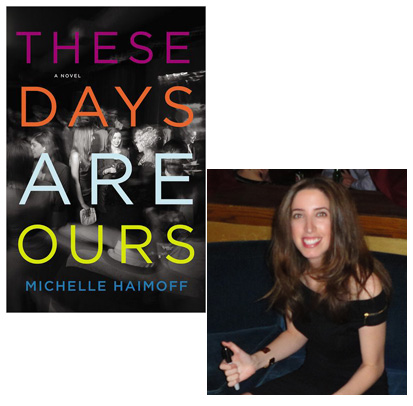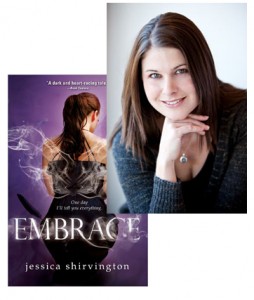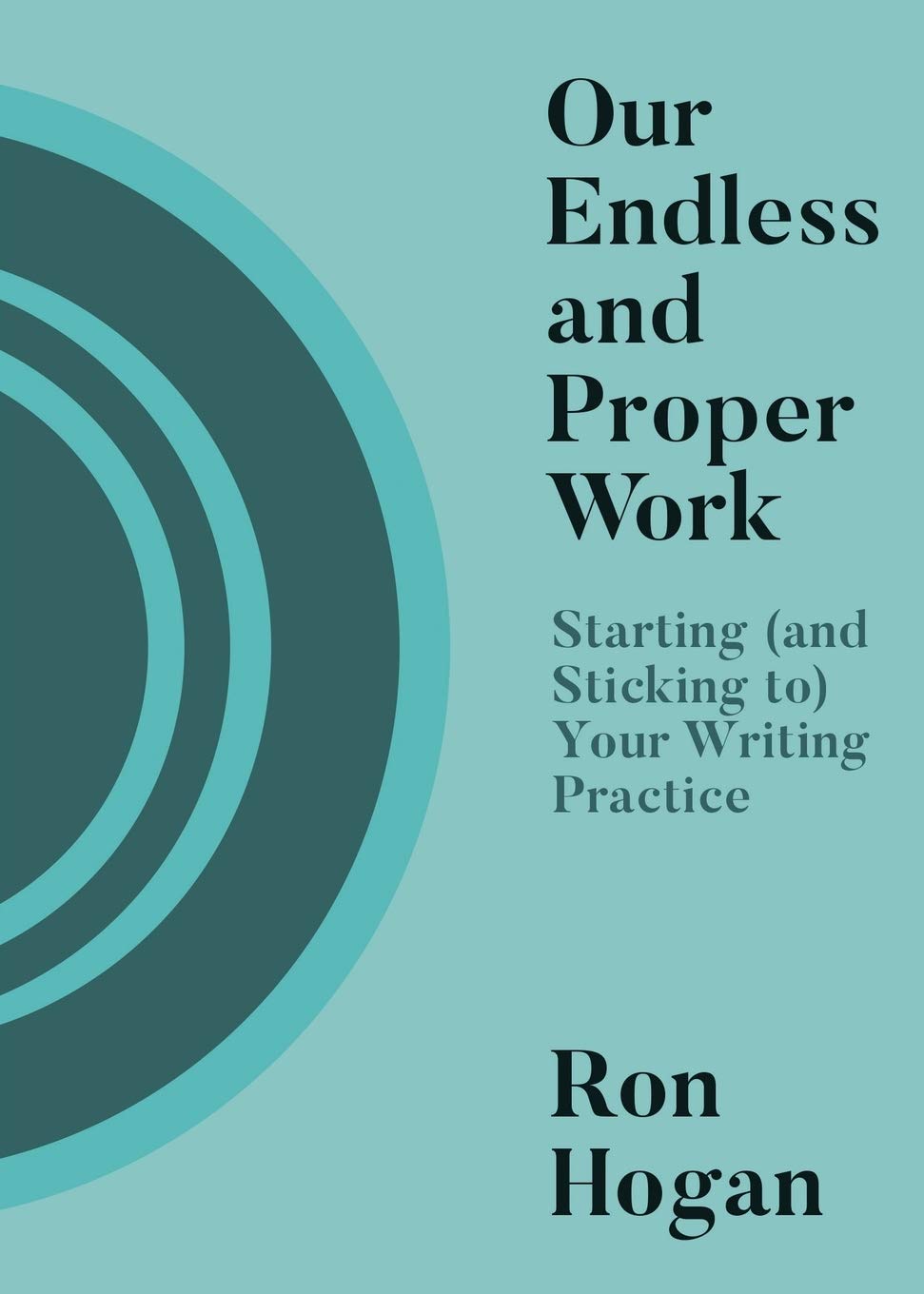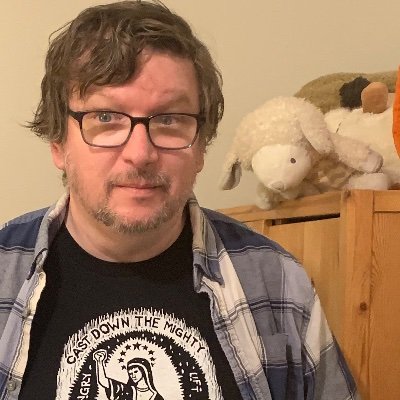Michelle Haimoff & The Return of 2002

I was recently introduced to Michelle Haimoff at a party to celebrate the publication of her debut novel, These Days Are Ours. It turned out, as she explains below, that the bar where the party was held also appeared in the novel, which is set in New York City in early 2002 and the emotional aftershocks of 9/11. Haimoff and several of her friends commented that it had been about a decade since they’d last been in this bar—in her case, because she’d moved to Los Angeles; coincidentally, I’d met people there a few times in 2000 and 2001, when I first moved to New York, and I hadn’t been back since then, either. As I talked about this with Haimoff, I got the idea that she might want to do a guest essay for Beatrice about revisiting her past and the novel’s settings at the same time… and here we are!
These Days Are Ours is set in New York City six months after September 11th. The first scene in the novel describes a group of kids hanging out at an Upper West Side apartment talking about the Oscars. They refer to Tom Cruise’s Oscar speech where he questions whether or not it’s okay to have an awards ceremony in light of recent events. His conclusion: “More than ever.” The Oscars are what people were talking about once again, ten years later, the week my book came out.
It was surreal to be back in New York City promoting my novel a decade after it takes place. One of the book events was at Belmont Lounge, a bar mentioned in the novel. I gave the DJ a playlist of songs from that scene as well as other songs from March 2002. Songs like “Someday” by The Strokes and “The Luckiest Guy on the Lower East Side” by the Magnetic Fields. Being in that bar with that music playing with so many friends that had inspired the book was like being in the book. My friends and I had traveled back in time.
Later that night, as I was walking with my husband on a New York street in the same unseasonably warm weather in which the book takes place, some drunk guy a block away yelled, “Hey Hailey!” which is the main character’s name. I know he wasn’t addressing me but it messed with my head. “I feel like I’m in Adaptation,” I said to my husband.
30 March 2012 | guest authors |
Jessica Shirvington & the Power of Love Triangles

Jessica Shirvington‘s debut YA fantasy, Embrace, kicks off a trilogy about a teenage girl who discovers that she’s descended from angels. (It’s an increasingly common theme in young adult fiction; remember Lauren Kate’s Fallen?) In the case of Violet, the novel’s protagonist, the discovery comes with an equally shocking revelation about Lincoln, the slightly older physical trainer (22 to her 17) that she’s had a crush on for years that steers her emotions in the direction of another character. In this guest essay, Shirvington talks about how love triangles can be an effective engine for driving a story’s forward momentum.
There is rarely a better tension builder than a good love triangle. They can make the development of a romance so much richer. That said, a love triangle comes in many forms and is certainly not restricted to the strictest definition of two direct love interests. It can be between love interest and best friend, between family and career—anything that pulls the protagonist’s heart in two conflicting directions and results in choice making and consequence.
The beauty of a love triangle is that it offers opposition to the heart. And opposition is always interesting.
Sometimes love triangles can seem a little superficial, but, for a writer, they offer an endless supply of emotion and conflict that helps explore the depths of the main characters and the lengths they will go to when challenged. As a reader, we are given the opportunity to formulate our own choices, too. We become invested in the decision-making and we read on to see if the protagonist lives up to our expectations.
Often love triangles are heavy on one side; that’s because there are many different types of love, lust, and allure—especially in YA characters. It wouldn’t be honest storytelling if the more whimsical of emotions didn’t interfere with the longer lasting ones. Who can honestly say that when they were growing up, they didn’t make impulsive decisions that ended in regret?
Love is our most basic and complex emotion at the same time. It is the first we generally experience, and the last we fully understand. We can all relate to love—we all have expectations of it, we all like to be bathed in it. One more thing about love: we all want more of it. You can tire of anger and hate, become bored by lust, joy can dwindle—but love… more, please!
And so … love triangles are inevitable elements of stories.
In Embrace, Violet faces a triangle of her own, one that is influenced by many outside factors not always in her control. She is so sure of her heart at one stage, but when she discovers that everything she believed was true had been in fact false, she is forced to question everything, including her so-sure heart. It’s a confusing time for Violet, and it sets her on her path of heart finding. It’s a path we all take one way or another—a love triangle just ups the ante!
12 March 2012 | guest authors |

 Our Endless and Proper Work is my new book with Belt Publishing about starting (and sticking to) a productive writing practice.
Our Endless and Proper Work is my new book with Belt Publishing about starting (and sticking to) a productive writing practice. 
